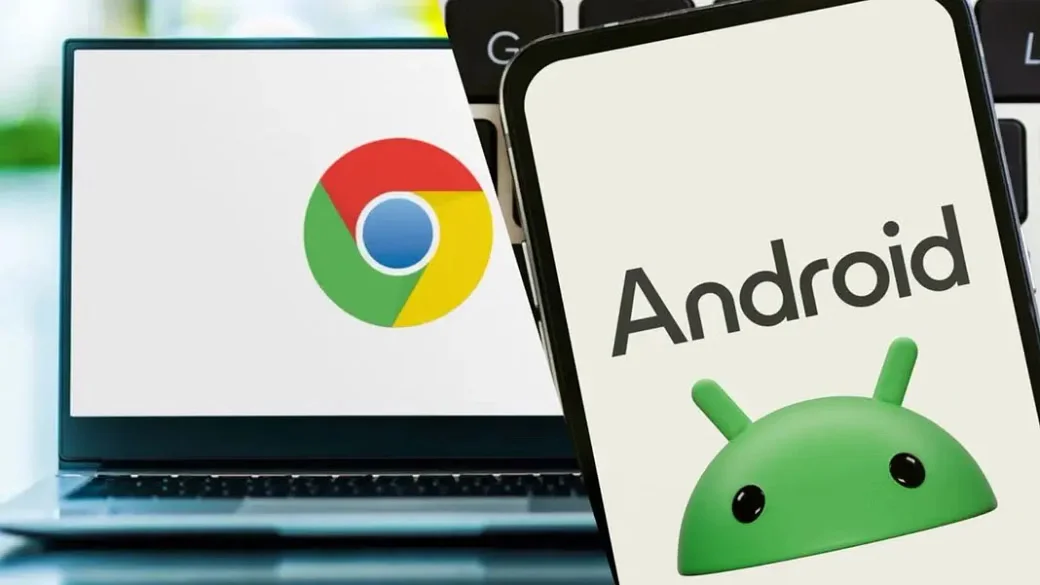Google is making a game-changing move by merging ChromeOS into Android, creating a single, unified operating system designed to work across smartphones, tablets, laptops, and even foldable and extended reality (XR) devices. This bold decision aims to simplify user experience and streamline app development, while positioning Android as the core OS of the future.
Why Google Is Merging ChromeOS into Android
The ChromeOS Android merger is part of Google’s vision to build one operating system that works everywhere. Until now, Android and ChromeOS served different device categories—Android powered phones and tablets, while ChromeOS was used in Chromebooks and some desktops.
Merging the two platforms allows Google to focus its innovation on one codebase. This makes it easier for users to switch between devices, while offering developers a more consistent framework to build applications that scale across screen sizes and hardware types.
Read More: xAI Launches Grok 4 SuperGrok Heavy: A Game-Changer in the AI Race
What This Means for Everyday Users
Imagine using a phone and then instantly continuing your work on a laptop or tablet without needing to learn a new interface or app layout. That’s what the new unified OS promises. Android will support features traditionally found in ChromeOS, such as full desktop multitasking, enhanced keyboard and mouse support, and windowed applications.
The update also includes advanced desktop features like drag-and-drop file management, resizable app windows, and better support for external displays. These improvements help Android evolve into a true desktop-class operating system, not just a mobile experience stretched to bigger screens.
AI and Multitasking Built In
One major benefit of the ChromeOS Android merger is the deeper integration of artificial intelligence. With a single OS, Google can embed its AI assistant more deeply into the system. Expect features like smart app suggestions, live summarization, voice-driven controls, and productivity-enhancing tools that work seamlessly across devices.
Multitasking also gets a big boost. The unified platform will allow multiple apps to run side-by-side, switch effortlessly between screens, and resume sessions without lag or confusion. Whether you’re writing a document, editing a photo, or joining a video call, the experience will feel fluid and familiar.
Developers Get a Simpler Path
Developers will no longer need to create separate apps for ChromeOS and Android. The merged system reduces complexity by offering a single set of APIs and design guidelines. This not only cuts down development time but also encourages more innovation as creators build apps that work across all form factors.
From a business perspective, the ChromeOS Android merger increases the potential audience for each app. Developers can now target millions of devices with one solution—boosting reach, revenue, and relevance.
What to Expect Next
The new Android will include core features of ChromeOS, such as native file handling, enhanced security controls, and quick updates. The user interface will also be more flexible, adapting automatically to different screen sizes and input types.
Google is expected to begin introducing the merged OS on upcoming devices by the end of 2025. Early previews may appear on developer devices or flagship models, giving users a taste of what’s to come.
Possible Challenges Ahead
While the vision is ambitious, the transition may present some challenges. Compatibility with older Chromebooks, the learning curve for users, and concerns over performance will need to be addressed. However, Google’s track record with Android and ChromeOS suggests that these hurdles are manageable.
Another key concern is whether Android’s traditionally slower update cycle will improve to match ChromeOS’s speed and security. With one platform to maintain, Google may finally be able to push updates faster and more reliably.
Read More: Lenovo Chromebook Plus 14 (2025): Full Specs, Features & Price in Pakistan
The ChromeOS Android merger marks a new era for Google’s ecosystem. By consolidating two powerful platforms, Google is creating a unified OS that offers flexibility, power, and ease of use across all types of devices. For users, this means better multitasking, smarter tools, and a smoother experience. For developers, it opens up a wider market with less effort. As the rollout begins, this unified OS could become the standard for how we interact with technology—everywhere.









